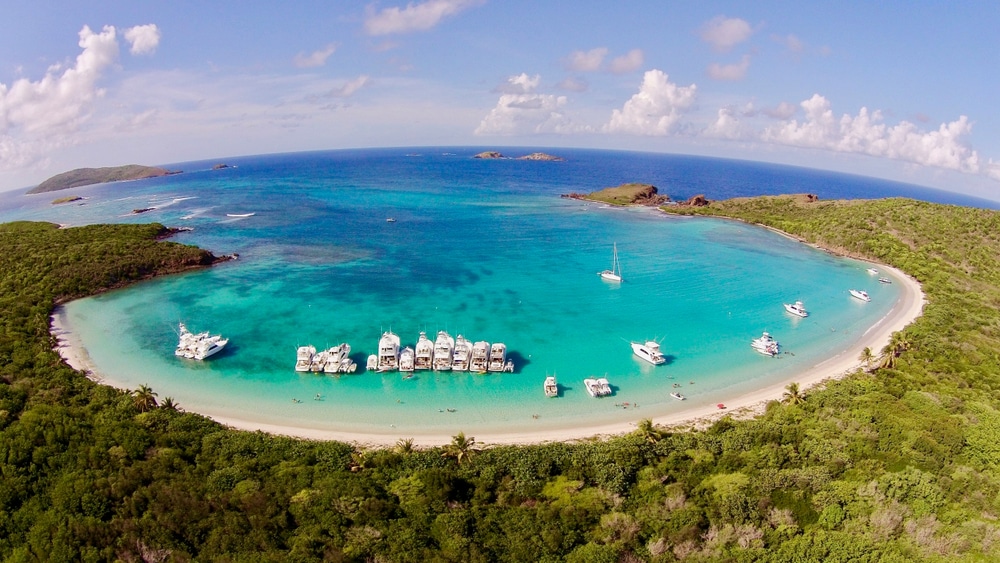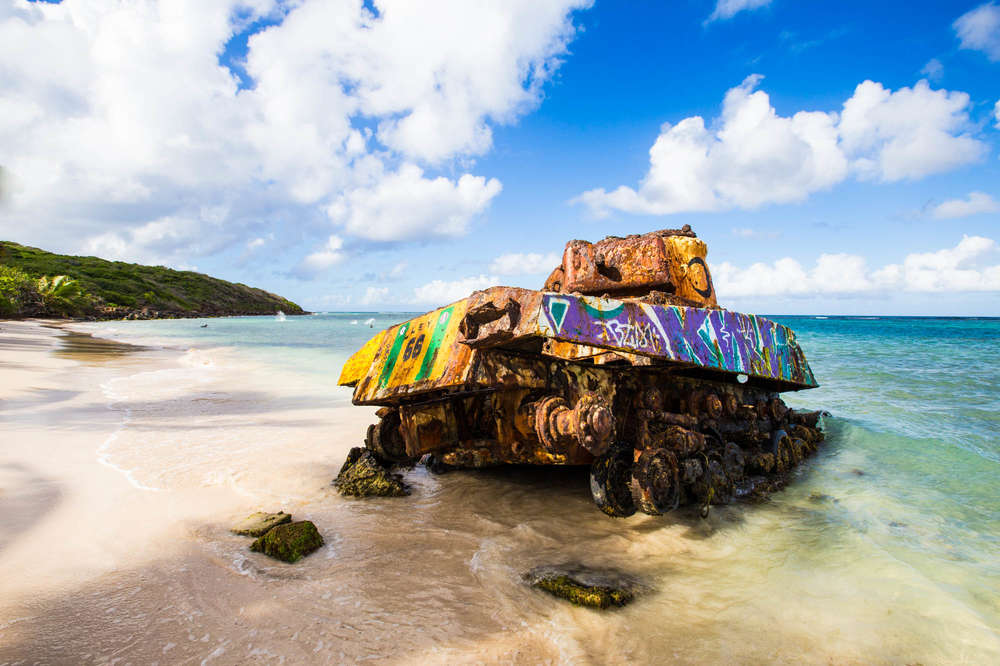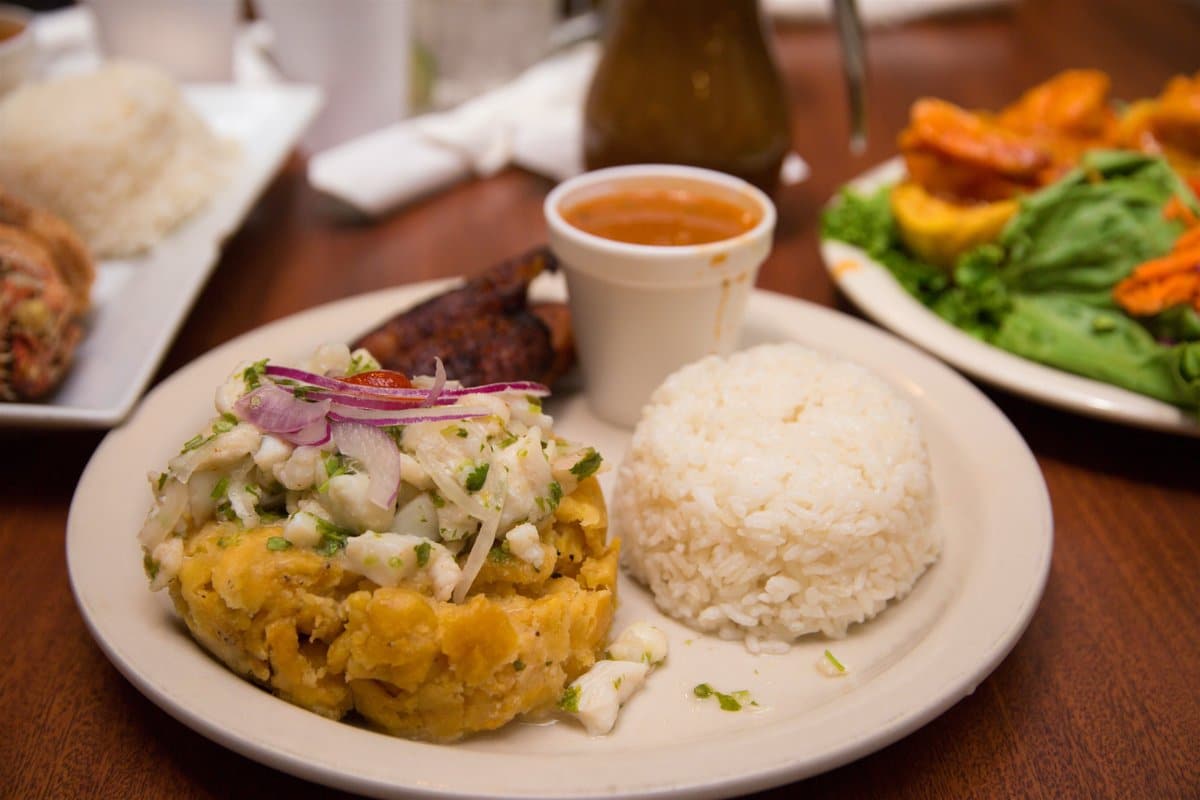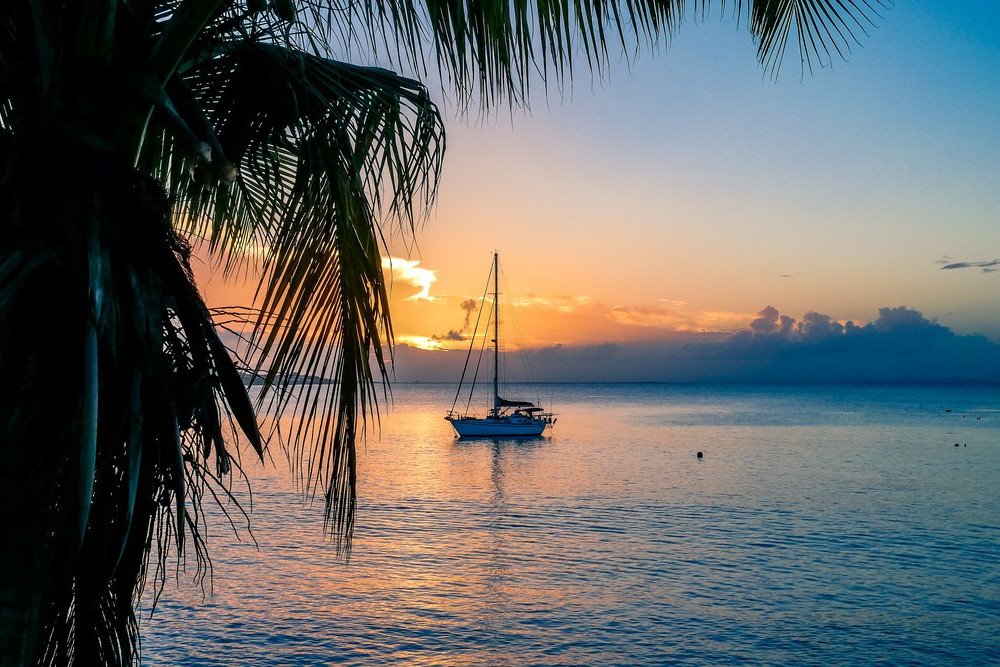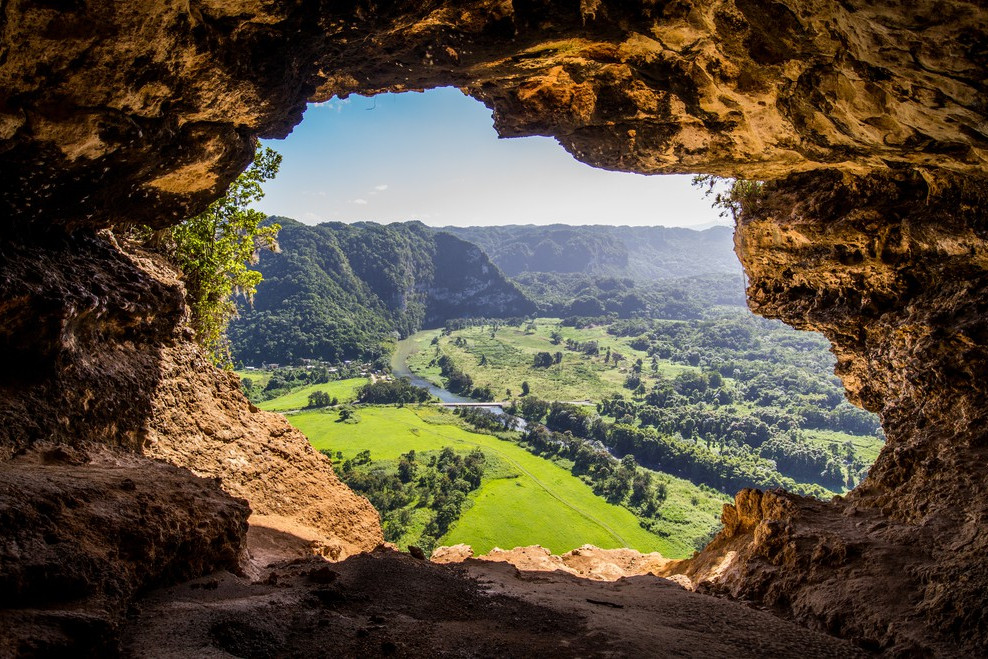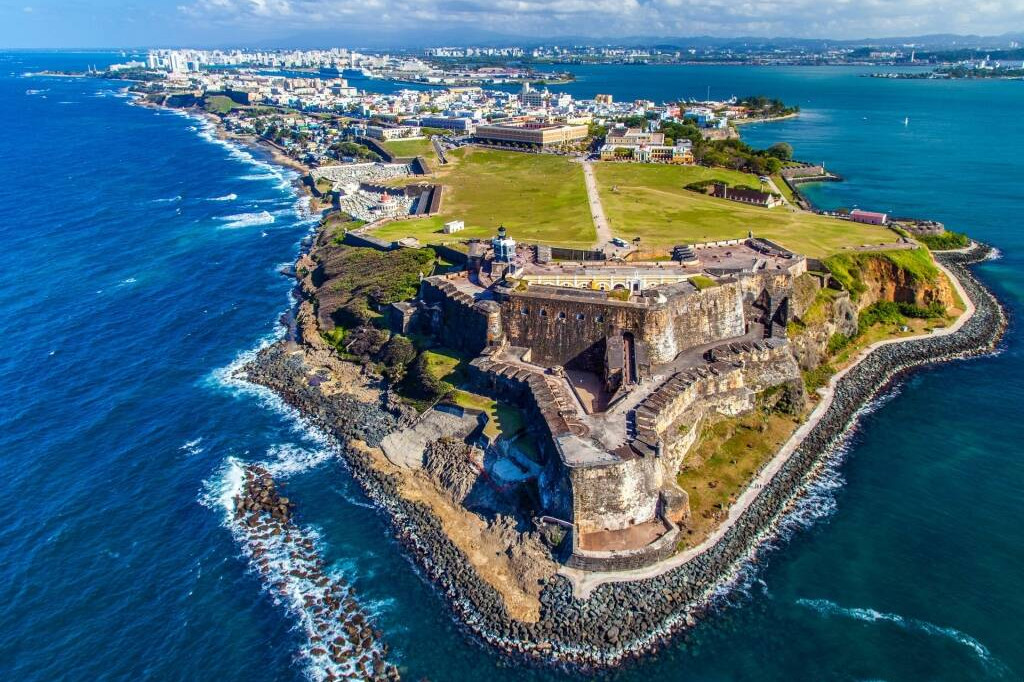Culebra Island
Located 20 miles northeast of mainland Puerto Rico, Culebra is a small archipelago (about 7 miles long), famous for its beautiful beaches, laid-back vibe and world-class diving reefs, known as an uncrowded, secluded destination.
The island doesn’t have big resorts, big cities or traffic and most importantly, no stress, ideal to relax and disconnect. This peaceful tropical island has a lot of natural wonders to explore and reefs with colorful marine fauna, as well as beautiful beaches, history and friendly locals. More than the 20% of the island is a National Wildlife Refuge.
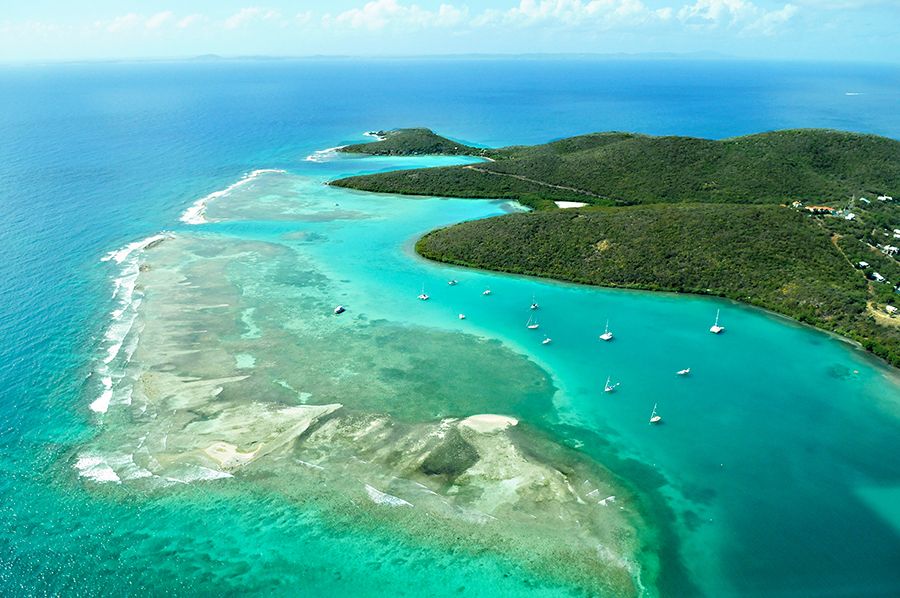
History
It is presumed that Christopher Columbus was the first European to arrive to the island on his second voyage, on November 19th 1493. The island was inhabited by the Caribs indigenous prior to colonization. During the Taino rebellion that took place in 1511, some indigenous sought refuge in Culebra, allying with the Caribs to attack the europeans. The island remained practically empty after that, serving as a refuge for pirates.
In 1880, the Spanish Government offered parcels of land to anyone to move to the island, creating the first settlement called San Ildefonso. Culebra fell into american arms when Puerto Rico was ceded during the Spanish-American war, and it served as a US Naval base until 1975.
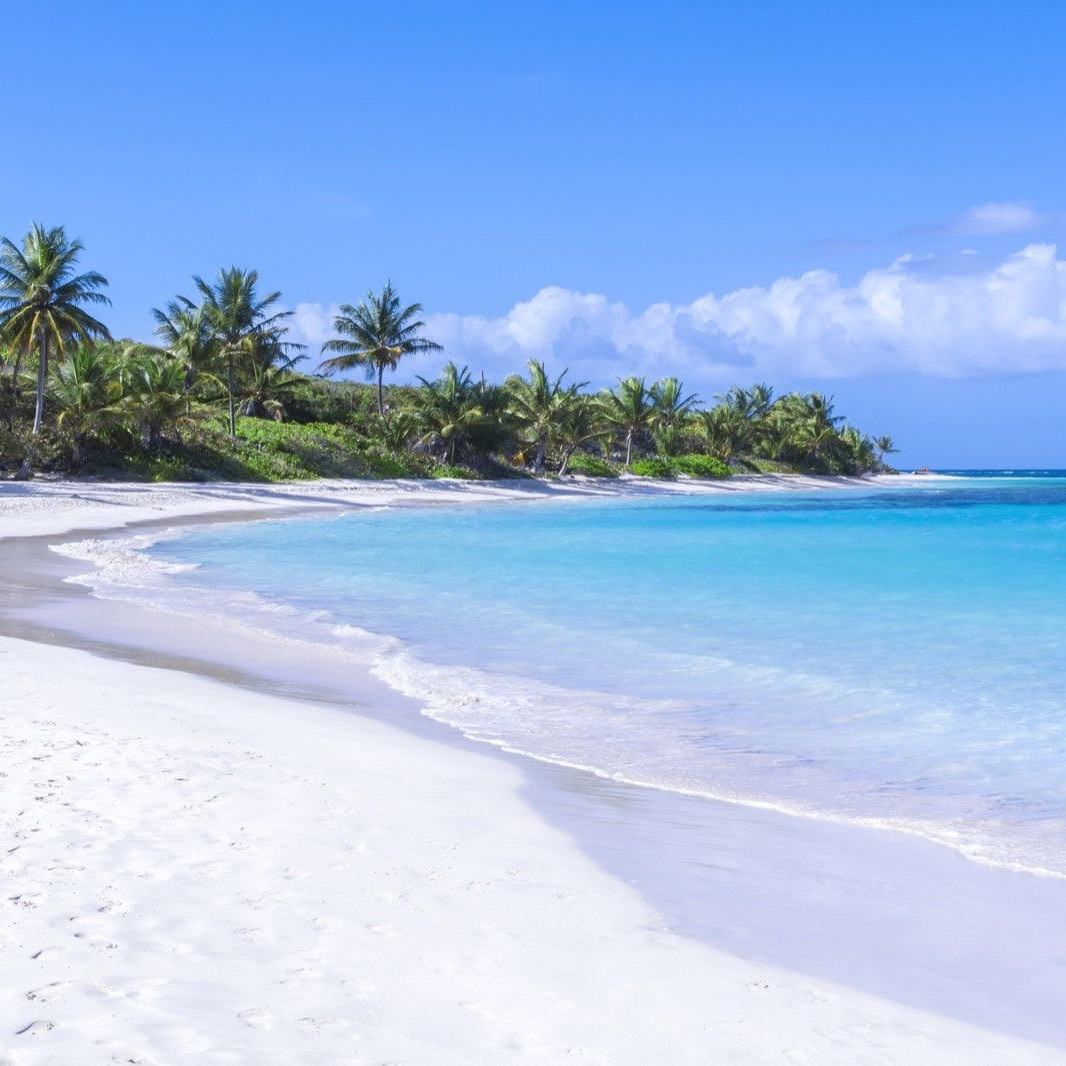
Flamenco Beach
Flamenco is the most popular beach of Culebra, and recognized as one of the best beaches in the world, crowded on weekends and holidays. It is a half mile beach characterized by its white sand and crystal clear waters, which colors might change from clear to turquoise and even emerald green. Thanks to its protected cove location, waters are usually very calm, ideal to snorkel. It is the home to the iconic rusted military tank from the US troops.
It takes its name from the flamingos that often come in winter,(flamenco means flamingo in Spanish) creating a colorful background.
The beach is equipped with many amenities, including bathrooms, parking, showers, changing rooms, beach gear rental (like umbrellas and chairs) and some food kiosks in the parking lot. One of the best things about Flamenco is that you are allowed to camp. You will need to bring your own equipment of course, but still, who doesn’t like to sleep with the waves in the background? A camping fee of $30 is required (you can pay at the entrance of the campground).
The easiest way to get to the island is by the ferry, leaving from Ceiba, (an hour drive from San Juan) or by flying from Luis Muñoz Marin Airport, Isla Grande Airport or Ceiba Airport. Reservations are required.
More things to do in Culebra
Explore Isla Culebrita
Located just a water taxi away from Culebra, this smaller island is part of Culebra National Wildlife Refuge. It only has 6 beaches, but the most iconic landmark is the ruins of Faro Culebrita, one of the oldest lighthouses in the Caribbean (built in 1886).
Enjoy the amazing 360 views of the island and the Caribbean from the top.
Visit Tamarindo and Carlos Rosario Beaches
Accessible through Flamenco beach, these often overlooked beaches are the ideal spot to spot some marine life, as they share the fauna-filled waters of the Luis Peña Channel Natural Reserve. More disconnected that the rest of the island, it provides a secluded location with calm waves, gentle currents and a wide array of marine fauna. It won’t be hard to spot a sea turtle in the water, and they are one of the favorite spots for snorkeling on the island.
Culebra National Wildlife Refuge
As we mentioned above, more than 20% of Culebra is a national wildlife refuge, with three different ecosystems and incredible fauna, like the endangered sea turtles and the largest seabird nesting in the Caribbean. Hit the beach, do some snorkel and discover the colorful sea life this island has to offer.
Visit the Culebra Historical Museum
The former Naval Munition Warehouse, also known as El Polvorin, was built in 1905, and nowadays offers some exhibits of the history of the island, from formation and indigenous tribes to culture and military era.
